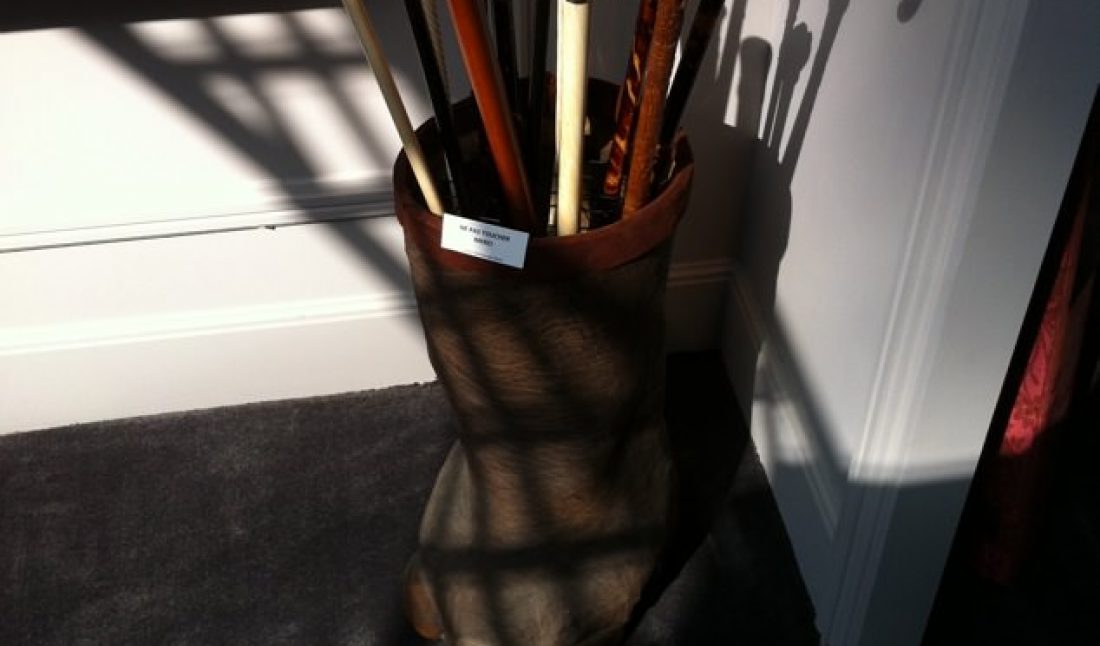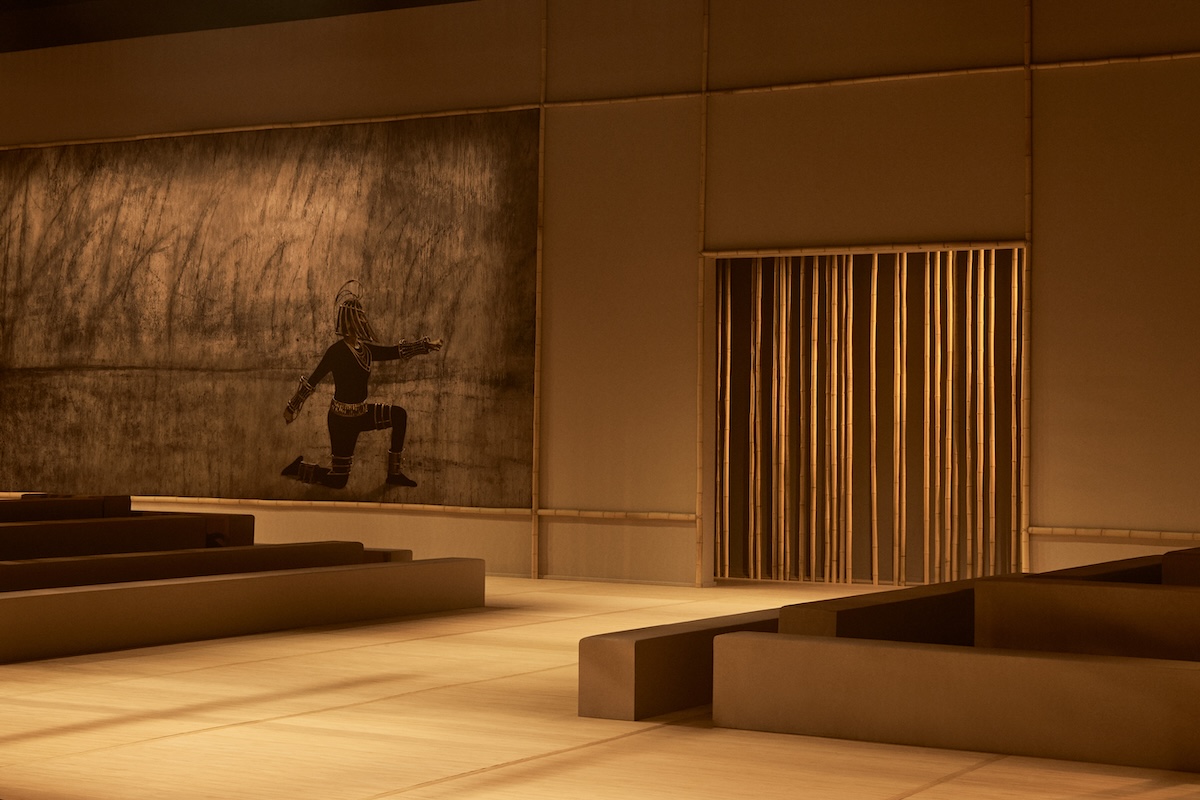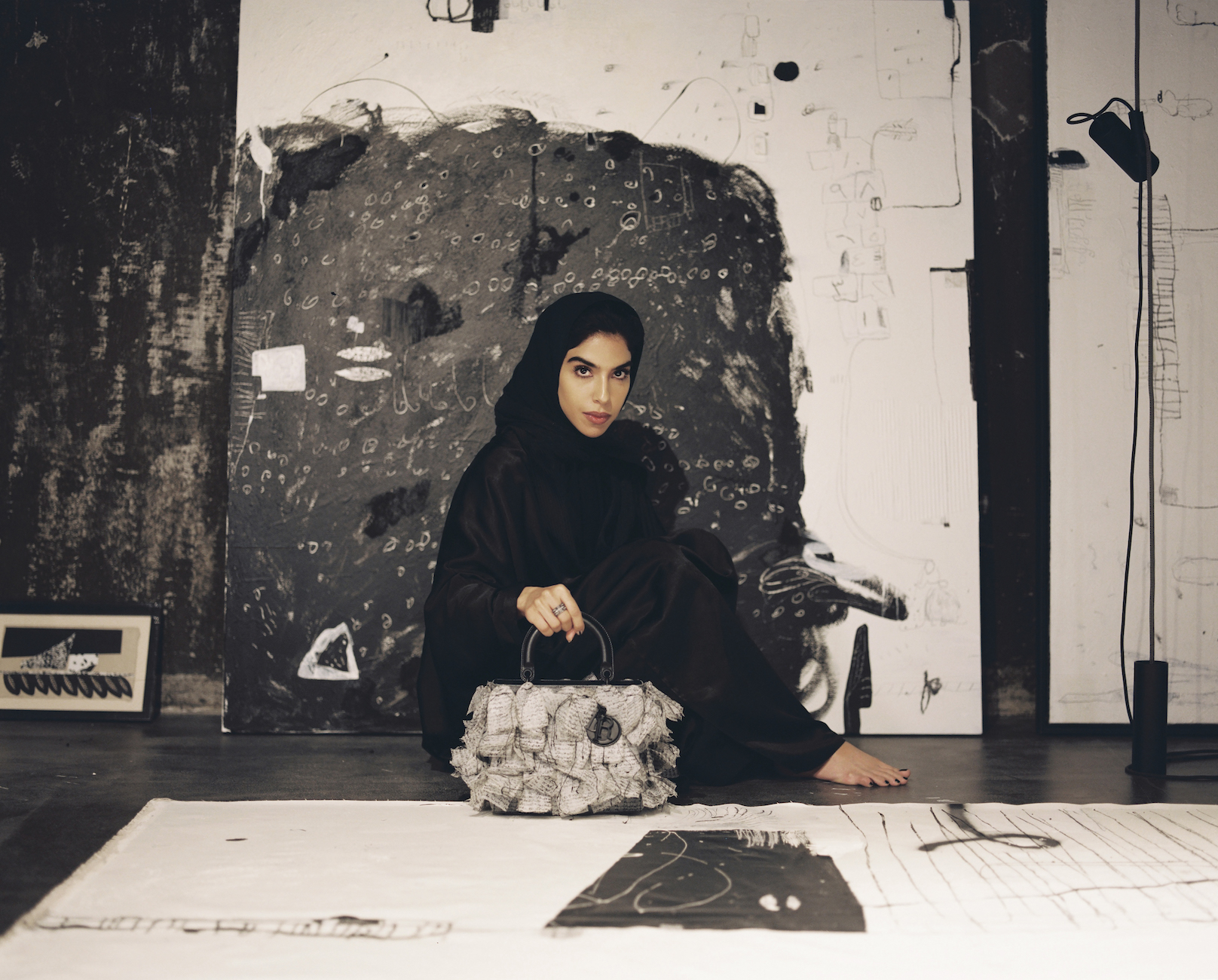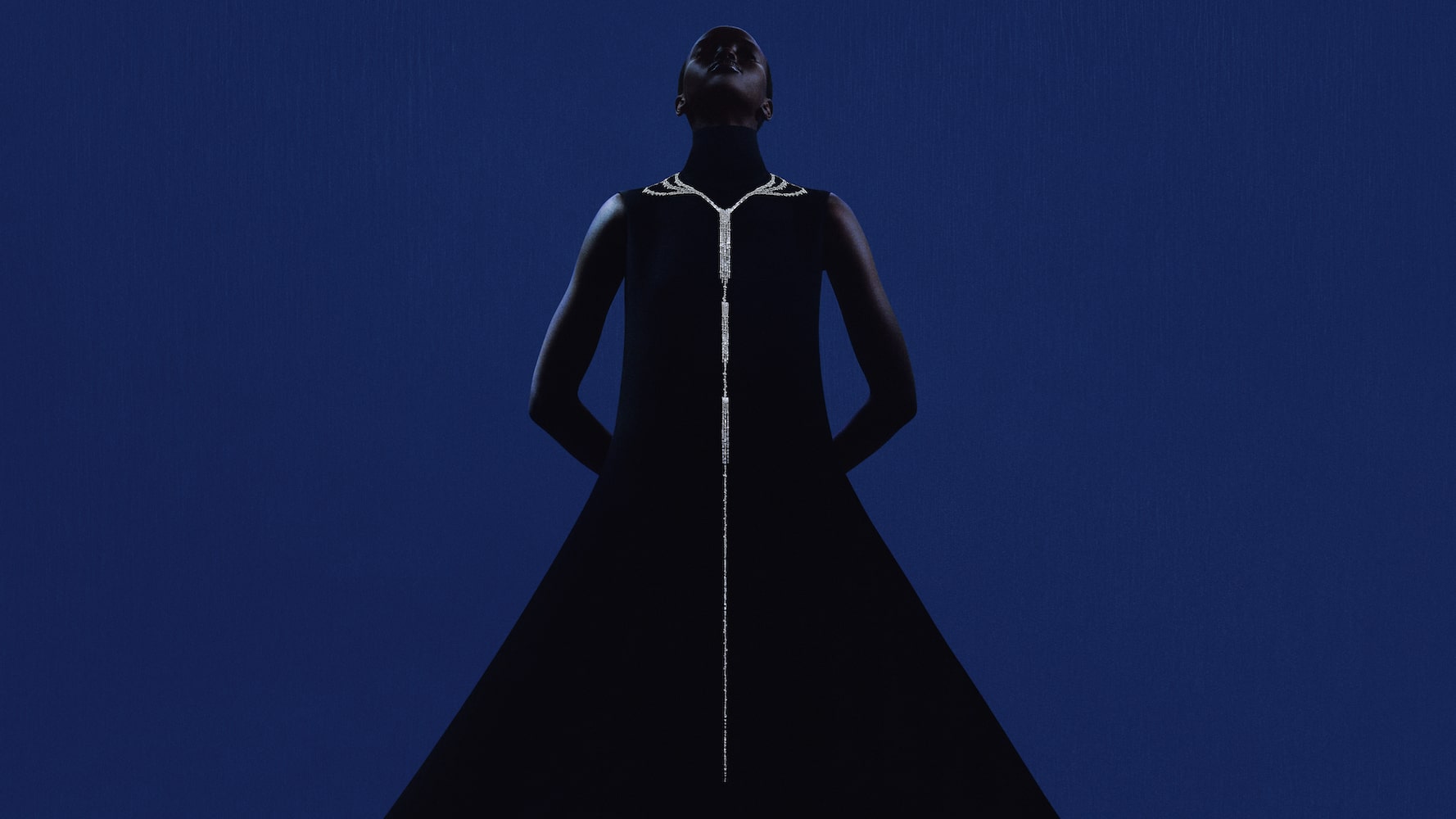Last week, we found ourselves visiting picture-perfect-Paris-in-the-fall. We arrived on Tuesday, one day prior to the VIP opening of the famous Biennale des Antiquaires, that takes place at the Grand Palais (and is open through Sunday).
After a long walk around Saint-Germain in an attempt to keep the jet lag at bay, and a quick visit with an old friend in Oberkampf, we found out the opening gala for the fair was closed to press. So a dinner at Café Marly overlooking the Louvre’s glass pyramids would have to do–and it did. Right now, a bright red neon resembling a lightening bolt, by artist Claude Lévêque, activates Ming Pei’s iconic main pyramid, competing with the museum’s glowing reflection in its triangular fountains.
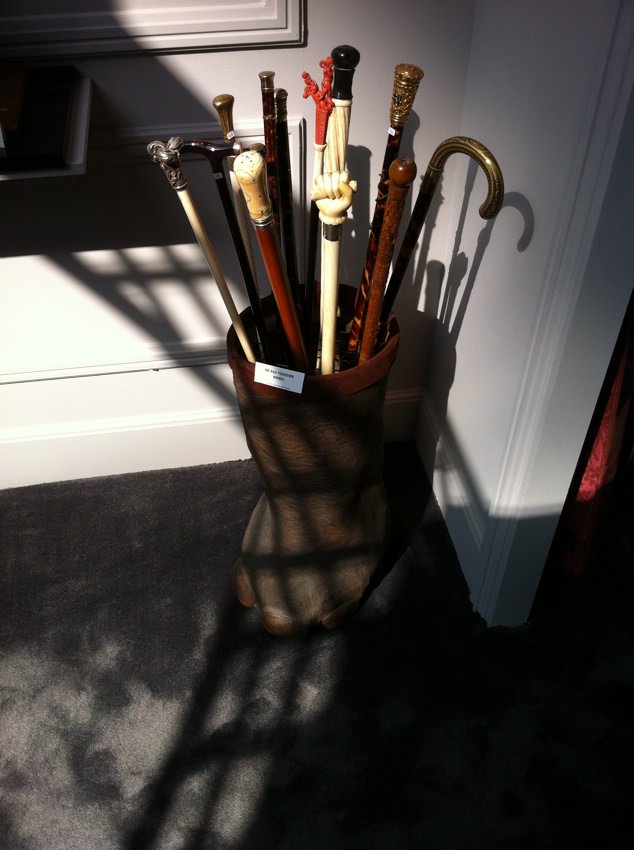 Galerie Delalande, photo by Katy Donoghue.
Galerie Delalande, photo by Katy Donoghue.
Our appetite for food, wine, and public art properly satiated, we retired to our hotel’s bar–Hotel Mathis. Back in New York we had been told that it was one of the best in Paris, and on the early side of the night, despite its red velvet seating, affinity for leopard prints, flat screen TV fish tank, a charismatic bar tender (who shared the decorator’s love of leopard), and an on-point, girl-power play list (Britney, Madonna, Mika, Cher…) we had our doubts.
But as the hour grew later, the bar filled with what we could only assume were men and women coming straight from the gala in their best black tie, the Grand Palais being within walking distance. We later found out that in our company had been, among others, a French footballer, a very friendly Algerian rockstar by the name of Rachid Taha, an airline exec, and one Jean Michel Jarre.
 Gianfranco Baruchello
Gianfranco Baruchello
The next day was the opening preview–where we were bound to see a few more fancies, both animate and inanimate. Upon entering the Grand Palais, this being our first time inside, we stopped by the bubbling fountain to properly take in the magnificent 20th-century building’s curved ceiling of glass and steel. Tilting our head back down, we next took in Jacques Granges’ scenography inspired by the Gardens of Versailles. A bright green, swirling-patterned carpet stretched the length of the venue. A smattering of potted topiaries in spirals, spheres, and cones filled the entryway. Booth walls were made to look like trellises in white and a green that closely resembled the building’s painted steel. To the left and right, smaller presentations were nestled into faux-hedges.
Leaving the crowd that was making a beeline for the haute joaillerie section, we took a right and wandered past furniture by Wendell Castle at Carpenter’s Workshop into Phoenix Ancient Art (Geneva, New York). There, we gawked at a small statue of a crouching feline from 3000 BCE, a royal Byzantine necklace of gold, sapphire, and emerald from the 6000 CE, and a stone crystal ring shaped like a stirrup and topped with a sphinx from the Egyptian Ramesside era, around 1200 BCE. The dark booth full of ancient treasures slowly started to fill up, puzzling us, until we saw the reason: Mick Jagger. Standing in front of a relic from the Ottoman empire, stood the ultimate rock star (we’ll resist a Rolling Stone in a booth full of ancient stones joke here), in sneakers, khakis, and a sensible jacket. He and Larry David must share a stylist.
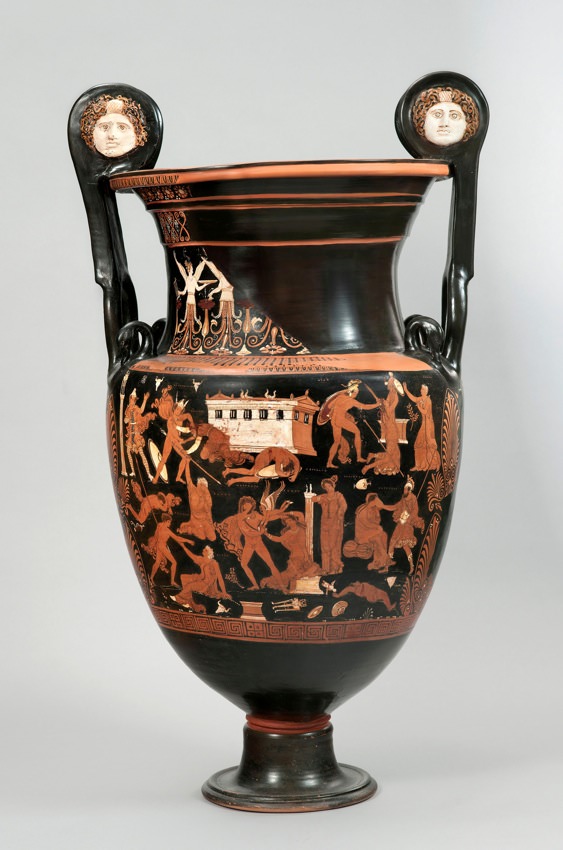 Ceramic urn depicting the Sack of Troy, courtesy of Phoenix Ancient Art.
Ceramic urn depicting the Sack of Troy, courtesy of Phoenix Ancient Art.
Suitably star struck (sorry, Rachid Taha), we moved on to Galerie Delalande (Paris). We were drawn to a cabinet of curiosities in the corner, full of ivory-carved pipes, centuries-old compasses, delicately designed hour-glasses, statuettes, telescopes, and other peculiar trinkets. The owner of the antiques shop showed us some of his favorite pieces, including an opium pipe–the gallery has the preeminent collection of opium-related objects in Europe–and a very long narwhal tusk that he assured us could never be brought to the United States. Later that evening we perused a cluster of canes made of narwhal, ivory, tortoise, and other U.S. customs-banned materials, propped up in an actual elephant’s foot.
Nextdoor at Paris’ Galerie Fleury, were some impressive Impressionist works by Lebasque, Manguin, and Marquette, but what really caught our eye were three small paintings in the back corner by Léger no more than a few inches across. We then spent some time taking in cozy winterscapes from Galerie Florence de Voldère’s selection of Flemish paintings from the 16th and 17th century.
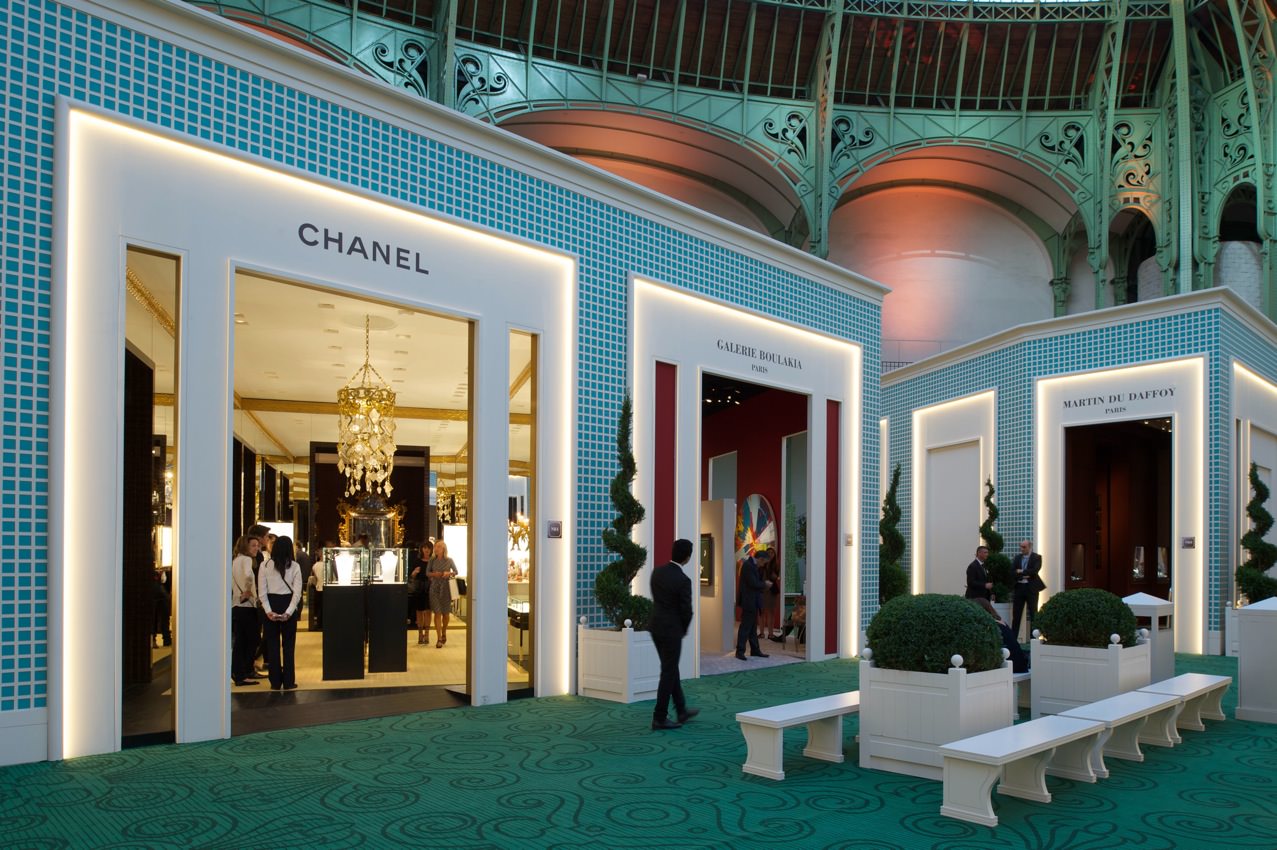 Chanel’s booth designed by Peter Marino, photo by © Julio Piatti.
Chanel’s booth designed by Peter Marino, photo by © Julio Piatti.
Finally, it was time to brave the masses, and elbow our way through the haute joaillerie. First stop: the Chanel booth designed by Peter Marino. Mirrored walls with gold sconces, ebony wood flooring, plush carpets, and mod chandeliers played home to shining vitrines of mostly black and white baubles. Everything was very geometric, all concentric circles and angular embellishments. In an alcove past an Eastern-themed room (obviously aimed at pleasing a large crowd of Asian big-spenders in attendance) we found an oh-so-Coco necklace of huge black pearls that ended with a tassel of tiny white pearls.
Piaget was too packed to enter (there must have been a French celebrity inside we didn’t recognize) so it was on to Cartier where the brand’s pet panther reigned supreme. The standout for us was another tassle necklace, with intricate beadwork made to look like animal spots, and a relief profile of a panther in carved black agate.
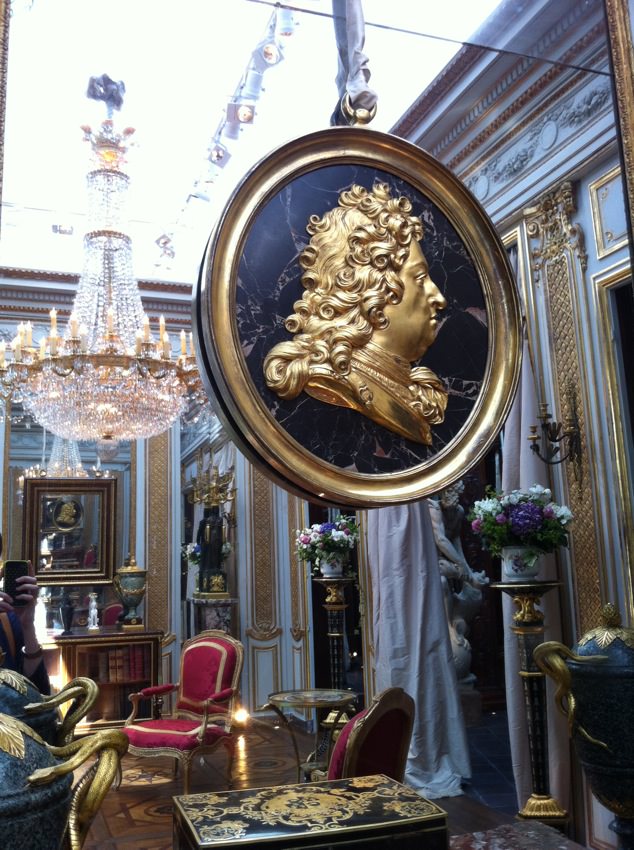 Steinetz gallery, photo by Katy Donoghue.
Steinetz gallery, photo by Katy Donoghue.
Van Cleef & Arpels and Dior’s intimate booths were lovely. The first had a golden tree as its centerpiece, and was full of colorful gems that were more ballet-themed than the house’s typical obsession with flora and fauna. Dior concentrated on the inspiration for its high jewelry–the dress. Miniature gowns with pleats and bustles were displayed alongside elaborate earrings, rings, and broaches with similar folds, fans, and frills, dripping with diamonds and precious stones.
But Boucheron stole the show for us, with a fresh, bright space that was set up more like an exhibition than a showroom. Between a border of all-white flowers, a showcase of the jewelry maison’s areas of influence that were outlined by location: Japan, China, Persia, Russia, and India. There was a necklace with clusters of blue sapphires surrounded by spheres of glass that completely blew us away.
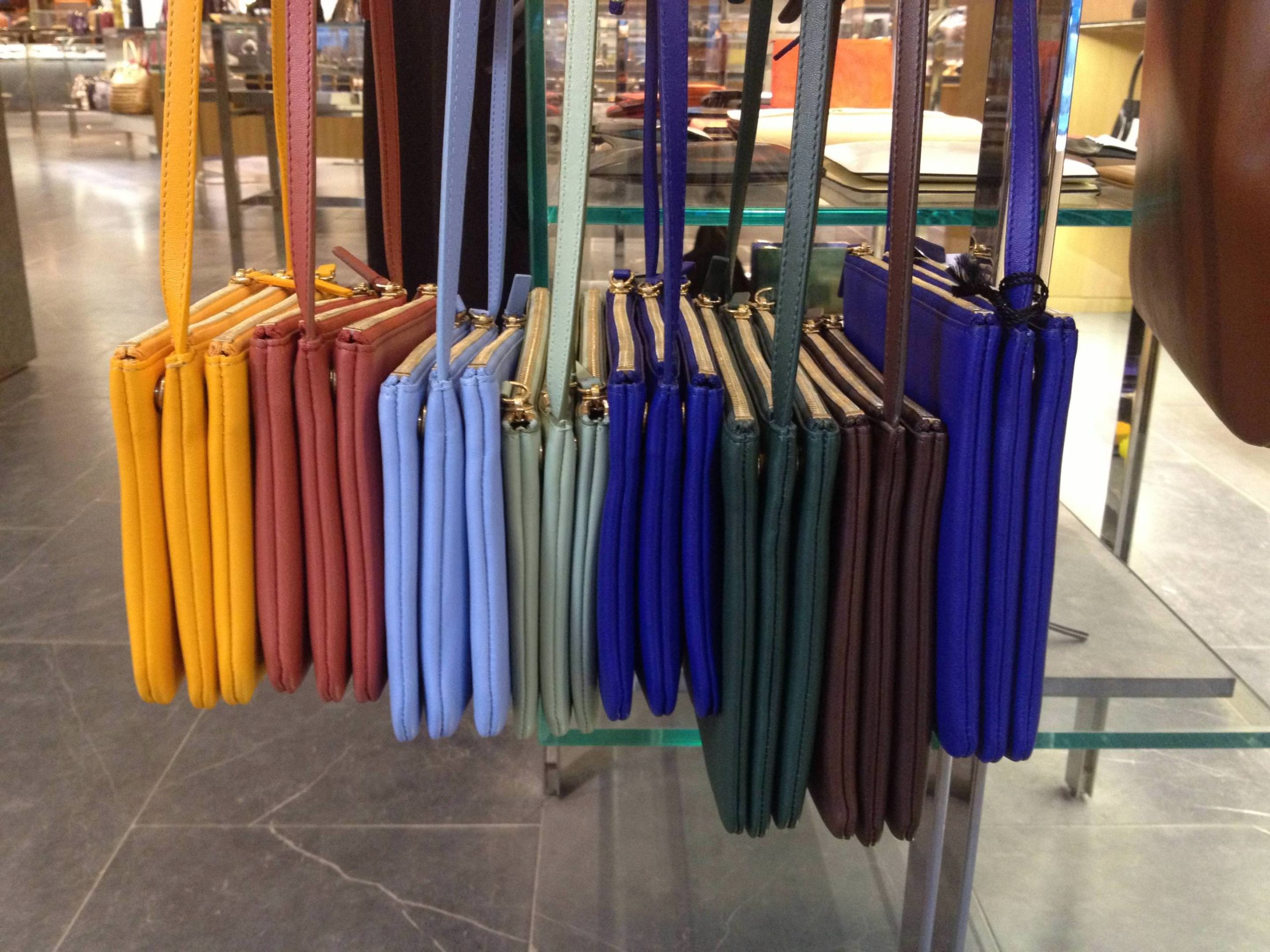 250 x 300 cm
250 x 300 cmTaking a break from the glitz, Steinetz provided some serious gild. Walking through a heavily curtained entrance, the Paris dealer totally transported us to an 18th-century interior complete with a salon and dining room. There were enormous crystal chandeliers, wood-inlaid floors, seats we didn’t dare sit upon, Roman statues tucked into alcoves, and mirrors that reflected back our own mouth agape. It was more impressive than the multiple-floor gallery we had visited that morning.
We ended our grand tour of the Grand Palais at Dominique Levy Gallery where works by Klein, Polke, Miro, and two absolutely divine Magrittes hung above “boxes”–think banquets, cabinets, and armoires–designed by Marino (the designer was all over the biennale) and topped with a collection of African art curated by Bernard de Grunne. It was the most compelling of combinations we saw all day.
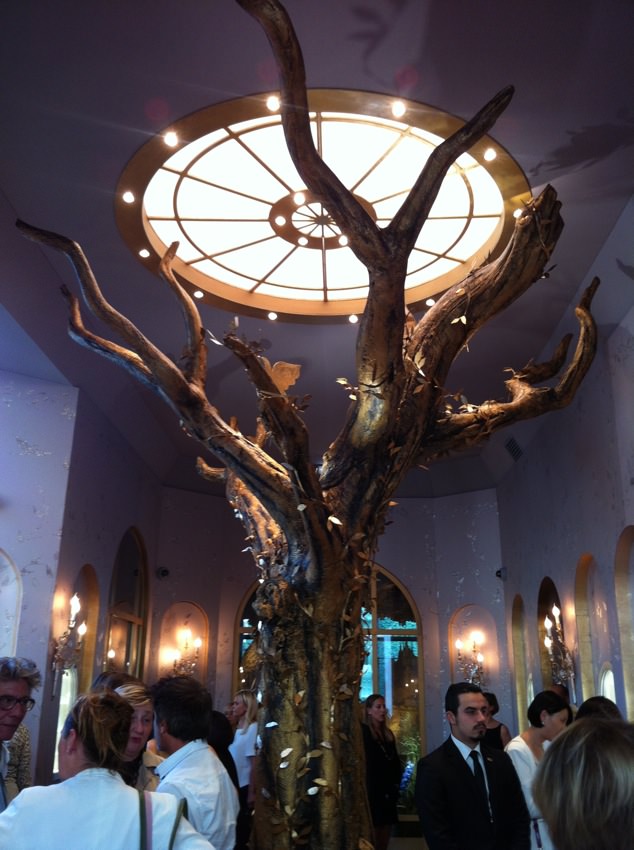 Van Cleef & Arpels, photo by Katy Donoghue.
Van Cleef & Arpels, photo by Katy Donoghue.
Later that night, at the biennale’s vernissage, our canapé- and wine-getting game managed to impress some seasoned collectors, French and American alike. It wasn’t our first rodeo. We ended the evening at David Lynch’s Silencio (where else?). While grooving to some solid nineties hip-hop hits and loving the Mulholland Drive-themed interiors, we couldn’t help but imagine Lynch as the Marino of the 28th edition of the Biennale des Antiquaires. A gal can dream.






